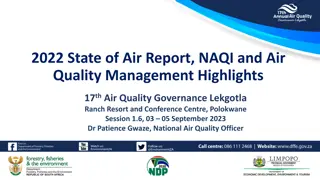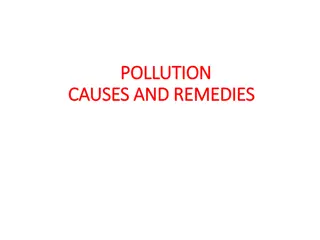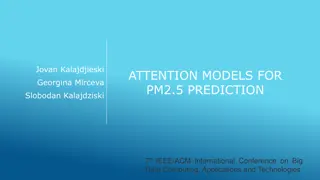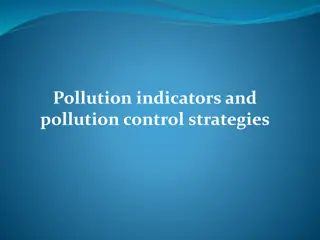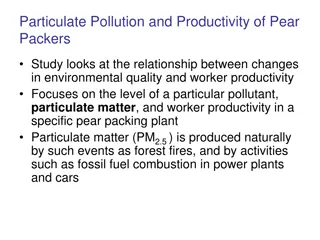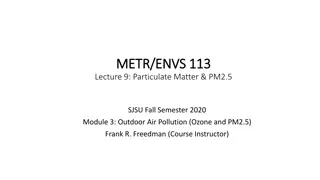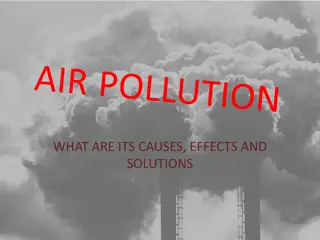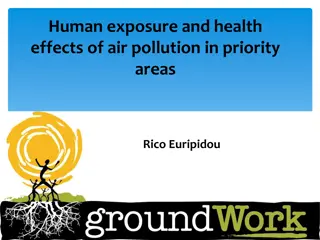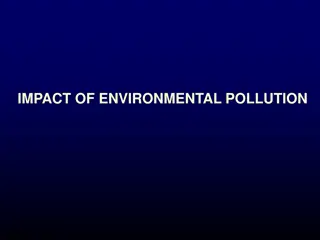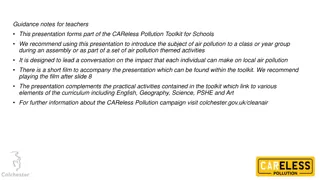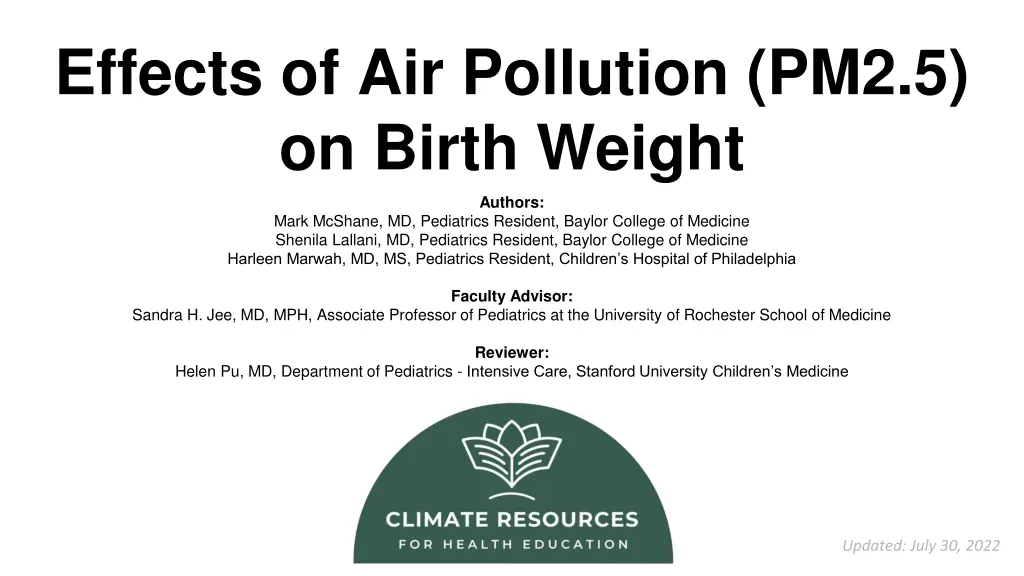
Impact of PM2.5 Pollution on Infant Birth Weight
Explore the effects of PM2.5 air pollution on infant birth weight, potential mechanisms of negative impact, and implications for maternal health amidst climate change. Understand the increased risk of low birth weight in newborns exposed to elevated PM2.5 levels during pregnancy and learn about related health concerns.
Download Presentation

Please find below an Image/Link to download the presentation.
The content on the website is provided AS IS for your information and personal use only. It may not be sold, licensed, or shared on other websites without obtaining consent from the author. If you encounter any issues during the download, it is possible that the publisher has removed the file from their server.
You are allowed to download the files provided on this website for personal or commercial use, subject to the condition that they are used lawfully. All files are the property of their respective owners.
The content on the website is provided AS IS for your information and personal use only. It may not be sold, licensed, or shared on other websites without obtaining consent from the author.
E N D
Presentation Transcript
Effects of Air Pollution (PM2.5) on Birth Weight Authors: Mark McShane, MD, Pediatrics Resident, Baylor College of Medicine Shenila Lallani, MD, Pediatrics Resident, Baylor College of Medicine Harleen Marwah, MD, MS, Pediatrics Resident, Children s Hospital of Philadelphia Faculty Advisor: Sandra H. Jee, MD, MPH, Associate Professor of Pediatrics at the University of Rochester School of Medicine Reviewer: Helen Pu, MD, Department of Pediatrics - Intensive Care, Stanford University Children s Medicine Updated: July 30, 2022
Learning Objectives: 1. Review how particulate air pollution (specifically that caused by PM2.5) is worsening due to global climate change. 2. Examine how infant birth weight is negatively impacted by exposure to particulate air pollution (specifically PM2.5). 3. Identify social, economic, geographic, and medical risk factors that, under current and future climate conditions, may contribute to the risk of low birth weight (LBW) due to air pollution. 4. Discuss clinical practice implications related to the care of pregnant women and newborn infants amid the globally changing climate.
Case Study In the newborn nursery, you are examining a baby girl that was born 1.5 hours ago via spontaneous vaginal delivery. She was born at a gestational age of 37w4d (by first- trimester ultrasound) to a 29-year-old, Black, G2P1 2 mother who received good prenatal care throughout pregnancy. Her birth weight is 2440 g, her length is 47 cm, and her head circumference is 34 cm. She is well-appearing on examination. Pregnancy and delivery were uncomplicated; the mother has no chronic medical conditions. Throughout pregnancy, the mother continued working her job as a crossing guard and outdoor security guard for the local, inner-city hospital. Her first son was born via uncomplicated SVD at 38w1d with a birth weight of 2503 g. The mother asks for your opinion on why both of her infants were born small for their gestational ages. She also asks if there is anything about her job or her home environment that could have affected her children s growth in the womb.
PM2.5 and Climate Change: Health Effects Atmospheric concentrations of PM2.5 (particulate matter with diameter <2.5 m) are projected to increase due to climate change1 Exposure to increased [PM2.5] is associated with higher mortality rates2 Pregnant mothers with exposure to elevated [PM2.5] are at higher risk for delivering a LBW infant3, 4, 5 1Hogrete C, et al. Air Pollution Modeling and its Application XVII. 2007 2Ebi KL, McGregor G. Env Health Persp. 2008 3Bekkar B, et al. JAMA Network Open. 2020 4Bell ML, et al. Env Health Persp. 2007 5Sun X, et al. Env Pollution. 2016
PM2.5 and Infant Birth Weight The adverse impact of PM2.5 on infant birth weight is highest during the second and third trimesters1 Proposed mechanisms of this negative effect include2: Impaired maternal cardiopulmonary function Direct transplacental toxin exposure Oxidative stress causing placental inflammation Alteration of placental gene expression Changes in blood viscosity during placental transfer 1Johnson M, et al. Epidemiology. 2022 2Bekkar B, et al. JAMA Network Open. 2020
Estimated global burden (population attributable fraction) of LBW attributable to total PM2.5 air pollution (2019) Ghosh, R, et al. PLoS medicine. 2021.
Risk factors for PM2.5 impacting birth weight Socio-economic factors Women from a lower socioeconomic status (SES)1 Non-Hispanic (NH) Black women are more vulnerable for LBW delivery compared to Hispanic and NH-White women1 Medical factors Pregnant women who are smokers, underweight, overweight/ obese, or have asthma are also more vulnerable to the effects of air pollution and are at increased risk of LBW delivery2 1. Schwarz L, et al. Environ Epidemiology. 2019. 2. Westgaard N, et al. Environ Int. 2017.
Implications for Clinical Practice Collaborate with Our Colleagues to Advocate for a Healthier World Counsel Patients on Climate- Mediated Illnesses Transform Health Systems to be more Sustainable Assess for risk factors Employ motivational interviewing techniques Educate on health consequences of environmental changes that are specific to medical needs and goals Evaluate the carbon footprint and waste practices of the clinical setting Collaborate with environmental services to create a more sustainable environment Work with your specialty specific organization to highlight the importance of the climate crisis Collaborate with national groups including The Medical Society Consortium on Health

